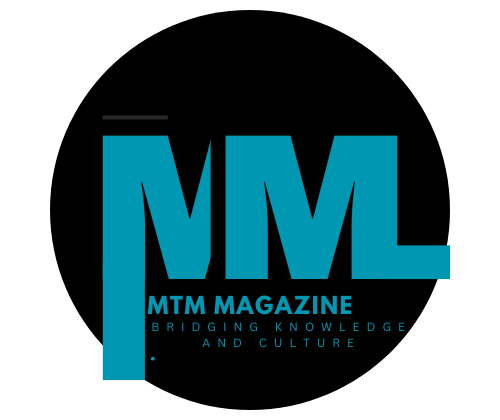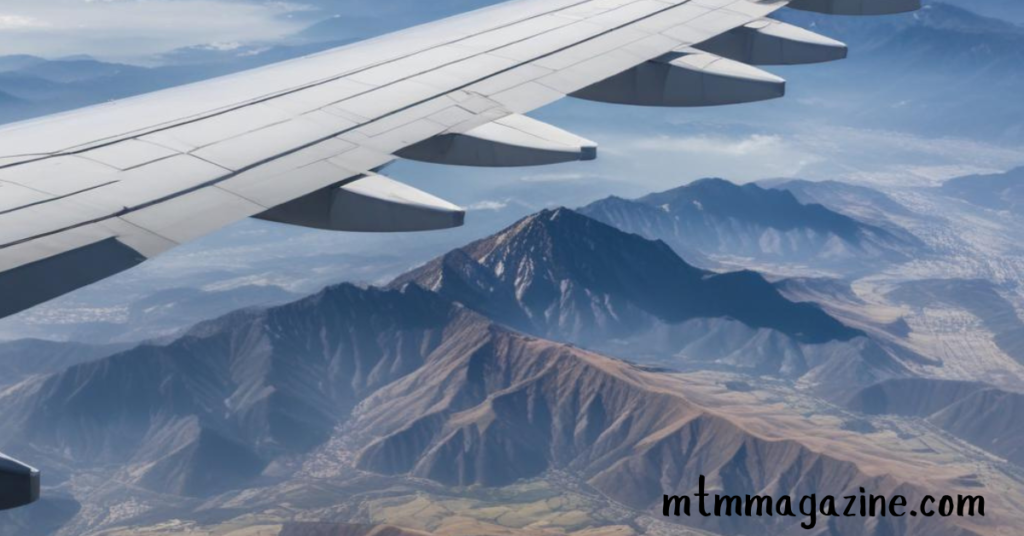Traveling from Los Angeles (LA) to Seattle offers not only a quick connection between two bustling cities but also one of the most scenic flight paths in the United States. As your plane ascends from LA, you’ll witness a dramatic transformation in landscapes, with breathtaking mountain ranges, lush forests, and vast coastal views. Let’s explore the best sights you can enjoy from the airplane window along the Seattle flight path from the LA mountains.
1. Departure: The Iconic LA Mountains
As your plane takes off from Los Angeles International Airport (LAX), one of the first striking features you’ll notice is the beautiful Los Angeles Basin. The flight path offers a fantastic view of the surrounding mountain ranges, including the Santa Monica and San Gabriel Mountains. These mountains form a natural backdrop to the sprawling city, offering a sharp contrast between the urban landscape and the rugged wilderness.
Highlights:
- Santa Monica Mountains: Stretching along the coast, these low-lying mountains are a stunning feature that separates the LA basin from the Pacific Ocean.
- San Gabriel Mountains: These taller peaks, often capped with snow during the winter months, tower over the northern part of the city.
As the plane rises above the LA mountains, the view below transforms into something even more spectacular. On clear days, you might even catch a glimpse of the Pacific Ocean glistening in the sunlight.
2. The Majestic Sierra Nevada
Shortly after departing Los Angeles, your flight path takes you over the Sierra Nevada mountain range, one of the most awe-inspiring natural wonders in California. The Sierra Nevada is home to numerous national parks, including Yosemite and Sequoia, which feature some of the tallest mountains in the continental United States.
Highlights:
- Mount Whitney: The tallest peak in the lower 48 states, Mount Whitney stands at 14,505 feet. On a clear day, its towering summit is visible from the plane.
- Yosemite National Park: As your flight passes over, you may catch a glimpse of Yosemite Valley and its iconic granite cliffs, including the famous El Capitan and Half Dome.
The Sierra Nevada range is a sight to behold, with its rugged peaks, deep valleys, and pristine lakes creating a stunning visual experience.
3. Lake Tahoe: A Jewel in the Mountains
As you continue northward, the shimmering waters of Lake Tahoe come into view. Nestled between California and Nevada, Lake Tahoe is the largest alpine lake in North America, known for its crystal-clear waters and surrounding mountain scenery.

Highlights:
- Emerald Bay: One of the most beautiful spots in Lake Tahoe, Emerald Bay features deep blue waters surrounded by lush forests and granite cliffs.
- Heavenly Mountain: On the south shore of Lake Tahoe, Heavenly Mountain offers fantastic views of the lake and is a popular destination for skiing and hiking.
From the air, Lake Tahoe appears as a sparkling blue gem set within a sea of green forests and towering mountains.
4. The Cascade Mountain Range
As your flight approaches Washington state, the scenery shifts once again, this time to the stunning Cascade Range. The Cascades are known for their dramatic volcanic peaks, many of which are part of the Pacific Ring of Fire. These mountains are a defining feature of the Pacific Northwest.
Highlights:
- Mount Shasta: This massive, dormant volcano in Northern California is a towering landmark visible from miles away. Its snow-capped peak is particularly stunning in the winter and spring.
- Mount Rainier: As you near Seattle, Mount Rainier dominates the landscape. Rising to 14,411 feet, it is the highest peak in Washington state and an iconic feature of the Seattle skyline.
The Cascades offer a breathtaking mix of snow-covered peaks, dense forests, and deep river valleys. For those lucky enough to fly on a clear day, the sight of these majestic mountains is unforgettable.
5. The Columbia River and Gorge
As the flight path continues north, the mighty Columbia River comes into view. This impressive river forms much of the border between Oregon and Washington and cuts through the Cascade Range, creating the dramatic Columbia River Gorge.
Highlights:
- Columbia River Gorge: The gorge is a spectacular sight from the air, with steep cliffs and waterfalls lining the river. It’s a major natural feature that defines the landscape of the Pacific Northwest.
- Multnomah Falls: One of the most famous waterfalls in the region, Multnomah Falls cascades 620 feet down, and on a clear day, it’s visible from above as your flight passes by.
The Columbia River Gorge is a testament to the power of nature, with its sheer cliffs and stunning waterfalls providing a dramatic visual as you head toward Seattle.
6. Arrival: Seattle’s Iconic Skyline
Finally, as your flight descends into Seattle, you’re greeted by the city’s iconic skyline, with Mount Rainier in the background and the waters of Puget Sound stretching out toward the Pacific Ocean. The city is surrounded by water, forests, and mountains, making it one of the most scenic urban areas in the U.S.
Highlights:
- Puget Sound: This large body of water is dotted with islands and bordered by dense forests. From the air, the contrast between the blue water and green trees is striking.
- Space Needle: Seattle’s famous landmark, the Space Needle, stands tall amid the city’s downtown area and is easily visible from your descending plane.
Seattle’s arrival offers a unique combination of urban and natural beauty, making it a fitting end to your scenic flight.
Conclusion
The Seattle flight path from the LA mountains offers travelers a unique opportunity to witness some of the most stunning landscapes in the western United States. From the rugged peaks of the Sierra Nevada and Cascade Ranges to the serene waters of Lake Tahoe and Puget Sound, this journey is filled with breathtaking views that are hard to find anywhere else. So next time you fly from Los Angeles to Seattle, keep your window seat, sit back, and enjoy the show nature has to offer!



